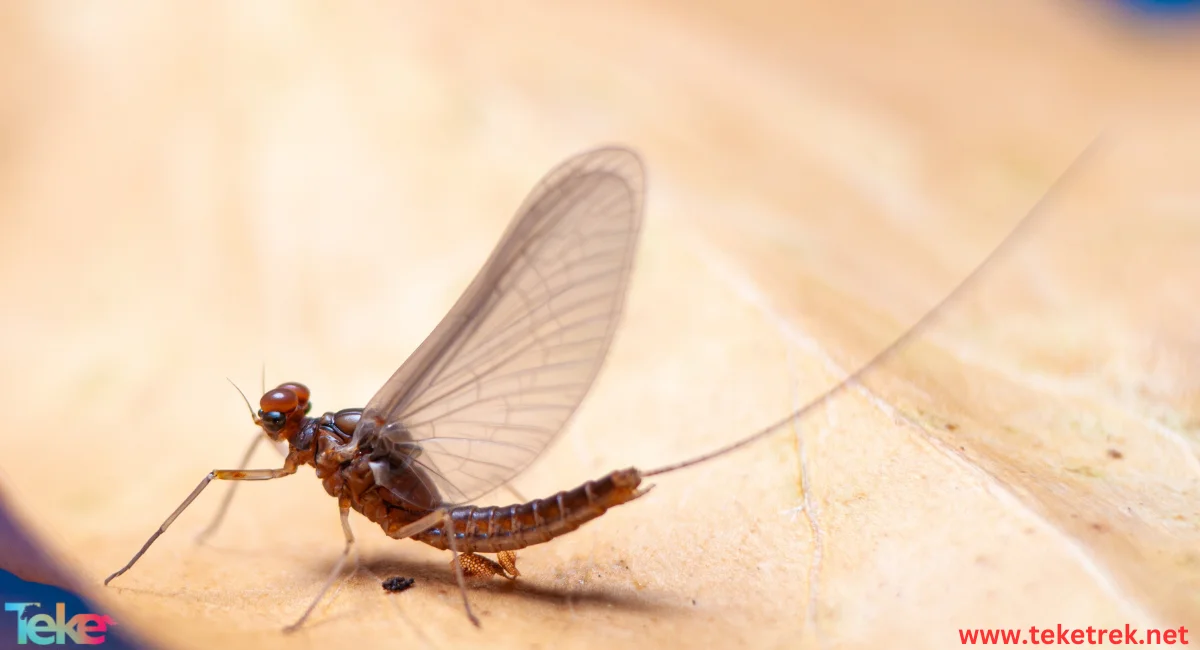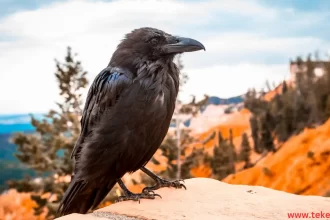Most pet owners suffer from flea infestations, which pose many common problems for them. However, the suffering from fleas is not limited to pet owners alone, as you may experience their presence even if you don’t have a pet.
Let’s learn more about it from teketrek.
What is a flea?
The flea belongs to the order Siphonaptera, which is a type of blood-sucking parasite that lives on the bodies of other organisms and reproduces in dark, humid places.
The flea is characterized by its dark color and small size, not exceeding 5 mm in length.
It has an oval-shaped body that is laterally compressed. It also has a tough body covered with small hairs and spines.
The flea’s body consists of relatively small head and thorax compared to the large abdomen, which is composed of 10 segments.
The flea has short and thick sensory antennae.
It has a pair of eyes and a mouth that is a tube-like structure to help it pierce the skin and suck blood.
There are about 2000 different species of fleas. However, the most common types found in the United States are cat fleas and dog fleas.
Any type of flea can be found on cats, dogs, and other furry mammals.

The life of a flea is short-term:
Compared to other insects, the flea’s life cycle is not long.
The flea’s life cycle progresses from egg to larva to pupa before reaching the final adult stage.
The process can take anywhere from two weeks to three weeks to several months, depending on the conditions.
Adult cat and dog fleas can live for up to one year in ideal conditions, but only for a week to two weeks without a host.
Female fleas lay eggs while attached to the host. Since these eggs are not attached, they will slowly fall to the ground, where they remain until hatching.
Flea eggs typically hatch within two days to 12 days. The resulting flea larvae are small in size, white in color, legless, and lack appendages.
These larvae possess powerful and sophisticated mouths.
The larval stage is shorter in summer, taking from four days to 24 days to enter the pupal stage. On the other hand, the process takes about 200 days the rest of the year.
Flea larvae feed on their own shed skin, adult flea waste, and organic debris, including hair and dead skin cells.
These larvae are often found burrowed inside or beneath pet bedding or deep within carpets to avoid light.
During the pupal stage, the flea larva develops into a pupa.
The full-sized flea larva spins a cocoon to enter the pupal stage.
This stage typically lasts from five days to 14 days, but may take longer under unfavorable conditions. When ready, adult fleas emerge from the cocoon and await a host.
Adult fleas are characterized by their small size.
The color of adult fleas can range from reddish-brown to black, appearing flat and wingless.
Adult fleas have long hind legs that help them jump from one host to another.
The adult flea will seek a blood meal within the first 24 hours after leaving the cocoon.
Adult fleas jump and hitchhike onto hosts when available. They begin feeding within 10 seconds of landing on the host.
Fleas live on the blood of animals and require it to reproduce.
Despite their need for a host, fleas may spend up to 90 percent of their lives on nearby surfaces instead. Fleas typically don’t make large jumps, but they can leap up to 13 inches.
The flea reproductive cycle:
The life cycle of fleas can be very rapid. It can last for several months to years depending on environmental conditions throughout their life stages.
After finding an animal or human host and consuming a blood meal, adult fleas mate and begin laying eggs in the fur and surrounding areas of the host.
The eggs hatch within a day to ten days depending on environmental conditions such as temperature and humidity.
Upon hatching from the egg, the fleas enter the larval stage. The larvae move freely and feed on blood and flea feces to continue their development.
Within 5-20 days of feeding on flea feces, the larvae spin a cocoon and enter the pupal stage.
The cocoon protects against environmental conditions and insecticides for several days or weeks until the adult fleas are ready to emerge.
The adult will not emerge from its cocoon unless the host is clearly present, indicated by movement or body heat, indicating that a blood meal is readily accessible.
Adult females begin feeding on the host within hours of emerging from the cocoon. Shortly thereafter, they mate and begin laying eggs.
Places where fleas are found:
A significant part of the flea life cycle depends on suitable temperatures and humidity levels.
Fleas are usually found in carpets, upholstered furniture, or near pet bedding.
Fleas require a relatively humid environment to thrive.
Humidity below 50% and temperatures higher than 95 degrees Fahrenheit will kill flea larvae.
If you suspect fleas in your yard, check shaded areas with plenty of moisture near the areas where your pet spends time.
How do fleas find their hosts?
Fleas prefer animal hosts, but they resort to biting humans when animals are not available.
Adult fleas locate a host by sensing body heat, movement, and vibrations caused by movement and breathing.
How do fleas spread disease?
Fleas primarily transmit disease-causing germs through feeding on hosts or through fecal contamination. This occurs when scratched flea feces from an infected flea are rubbed into an open wound.
How to prevent fleas:
If you have pets, it’s important to follow these tips to prevent fleas:
- Regular grooming and pet care help reduce the number of fleas brought into your home.
- Regularly change or wash pet bedding.
- Vacuum surfaces and dispose of vacuum bags to make your home less prone to fleas. Flea eggs and larvae can grow inside the vacuum bag and re-infest your home, so it’s essential to get rid of them.
- When vacuuming, you can remove up to 30% of larvae and 60% of eggs from the carpet, also removing their food source.
In addition to these methods, it may be helpful to use flea collars or treatments on both indoor and outdoor pets. It’s advisable to treat your home and yard for fleas at the same time you treat your pets.

Common Questions about fleas
- What causes fleas to appear in the home?
Fleas in the home are often the result of having pets such as dogs and cats that carry fleas on their fur. Fleas can transfer from animals to the home and reproduce in the warm, humid environment found in carpets, furniture, and pet bedding.
- What are the harms of fleas on humans?
Animal fleas can cause itching and irritation to human skin after biting. Additionally, fleas can transmit some diseases if they are infected with harmful microbes.
- What kills fleas?
Fleas can be killed by insecticides, medical treatments, extreme temperatures, dryness, direct sunlight, intensive cleaning, and adverse environmental conditions.
- What scent do fleas hate?
Fleas dislike herbal scents such as mint and lavender, as well as oils like peppermint and ginger, in addition to aromatic oils such as peppermint oil and lavender oil.
- Do fleas die in winter?
No, fleas do not die in winter but continue to survive. They may be more active in warm indoor areas or wherever suitable conditions for living and reproducing are available.
- Do fleas live in clothes?
Yes, fleas may live in clothes, especially in garments that directly contact the skin such as underwear, socks, and lower innerwear.
In conclusion, fleas are indeed troublesome creatures. When they become a problem, people should take measures to get rid of them. Regular cleaning of clothes and bedding is important, along with ensuring overall cleanliness of the home. If fleas infest the home, consulting a professional pest control service is advisable to effectively eliminate them.
Sources:





